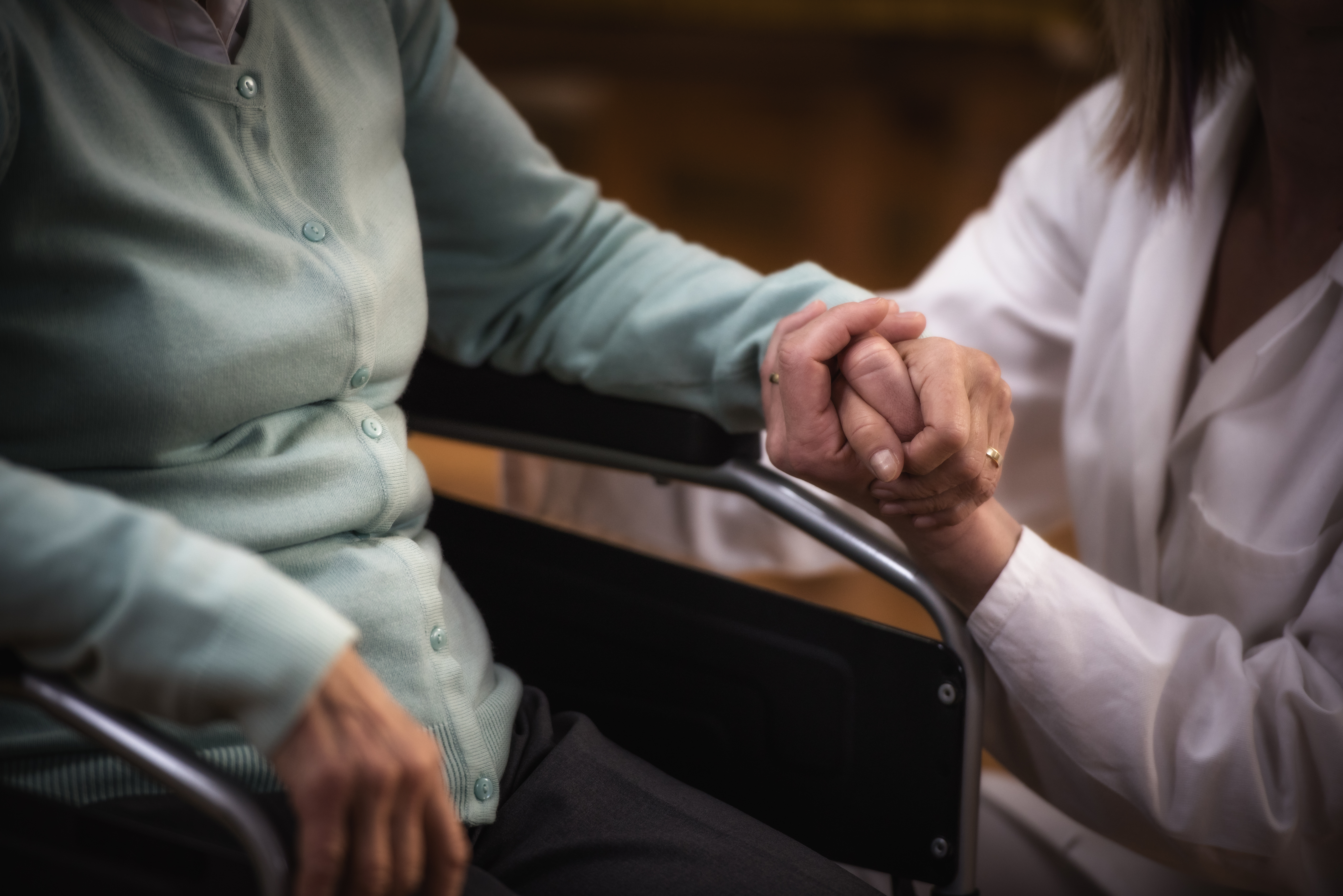AARP Hearing Center

Like many other Minnesotans, Kate Schaefers and her husband, Scott, got a call in March informing them that the long-term care facility where a relative lives was going on lockdown because of the coronavirus pandemic.
Then they heard nothing for three weeks. They worried about Scott’s sister, 69, who has advanced dementia and can’t communicate over the phone.
“The issue of not knowing how she is or what life is like under lockdown is difficult,” said Schaefers, 59, of Shoreview, AARP Minnesota’s volunteer president. “Is she sitting alone in her room all the time? Are they understaffed?”
To ensure that families can reach their relatives when in-person visits aren’t possible, AARP Minnesota is pressing state officials to require nursing homes and assisted living facilities to improve communication.
Recent federal guidance from the Centers for Medicare and Medicaid Services stated only that it “encourages” facilities to enhance communication.
Mary Jo George, advocacy director for AARP Minnesota, and other advocates have raised the possibility of state funding for tablet computers, to make virtual visits easier. Facilities can also let residents and families know that they can use their own devices.
AARP fought for legislation, which went into effect Jan. 1, to allow families to install cameras in residents’ rooms. The goal was to prevent elder abuse. During a lockdown, George said, state long-term care ombudsmen cannot go on-site, leaving residents vulnerable to abuse and neglect.
Boosting telehealth use
AARP also supports a bill in Congress that would provide grants to enable virtual visits and increase Medicare and Medicaid reimbursement for telehealth (virtual appointments with doctors and nurses).
George, who serves on Gov. Tim Walz’s (D) task force on populations at risk for COVID-19, said that enabling virtual visits would also combat loneliness.
“Social isolation is a huge issue for older people, even without the pandemic,” she said. “For residents’ mental, social and physical health, it’s important for them to have some connection.”
The Schaeferses said they eventually got through to the care facility and learned that everything was OK. Kate said the facility provides good care and has since been communicating more.
But she would have liked even a mass email or Facebook post much sooner. “When we can’t communicate directly with our loved ones, it’s so important for facilities to communicate with the families.”
Some are doing more. In the Minneapolis nursing home where Skip Humphrey’s wife lives, the staff sets up 15-minute Zoom calls every week to 10 days. This allows Humphrey, 77, to visit his wife, Nancy Lee, 78, at the same time as their three children and other relatives.
Nancy Lee has dementia and needs a staff member to help her. Humphrey, a former state attorney general and son of the late Vice President Hubert Humphrey, is looking into getting her a tablet that she could activate with a voice command, but for now Zoom works well.
“It relieves her from a one-on-one with all members of the family,” he said. “She doesn’t initiate the conversation, but she’s there, and she laughs.”
AARP Minnesota seeks volunteer advocates. Contact Erin Parrish at eparrish@aarp.org or 651-726-5644.
Mary Van Beusekom is a writer living in St. Paul.
More on Nursing Homes































































